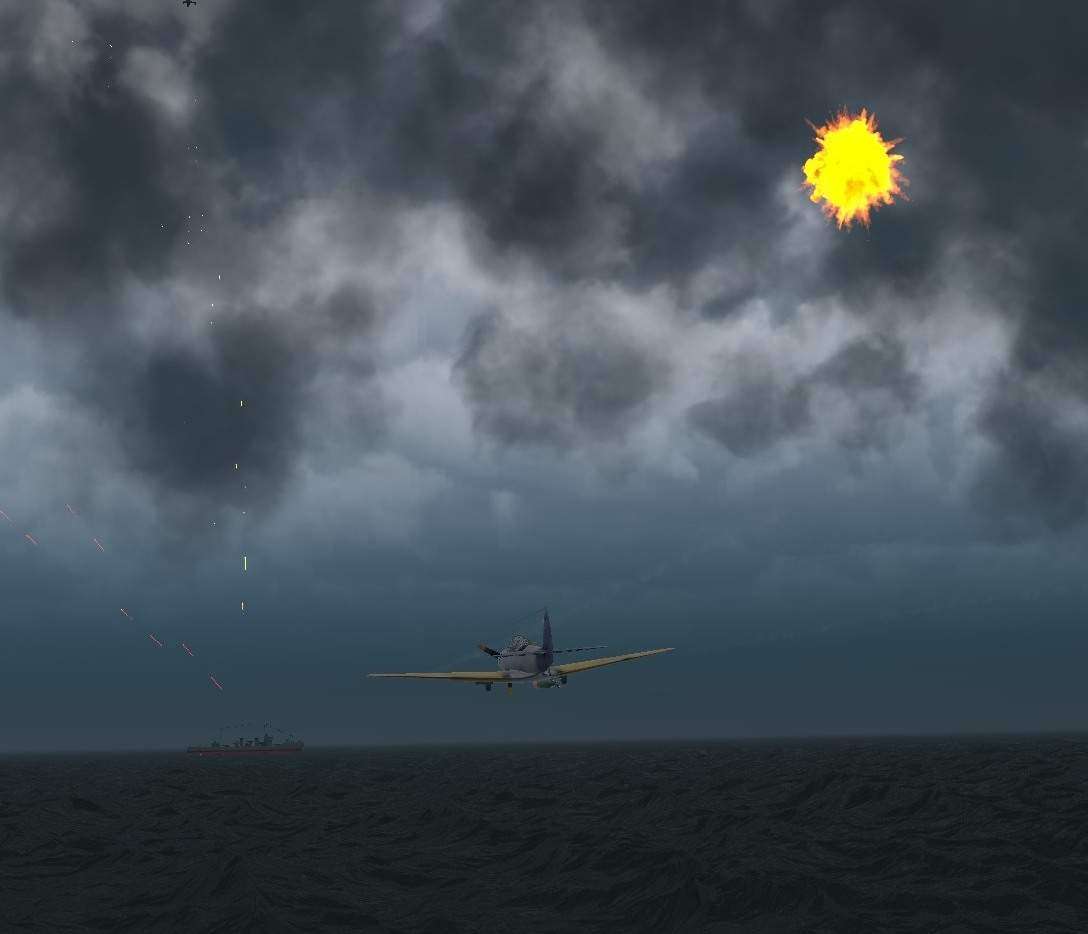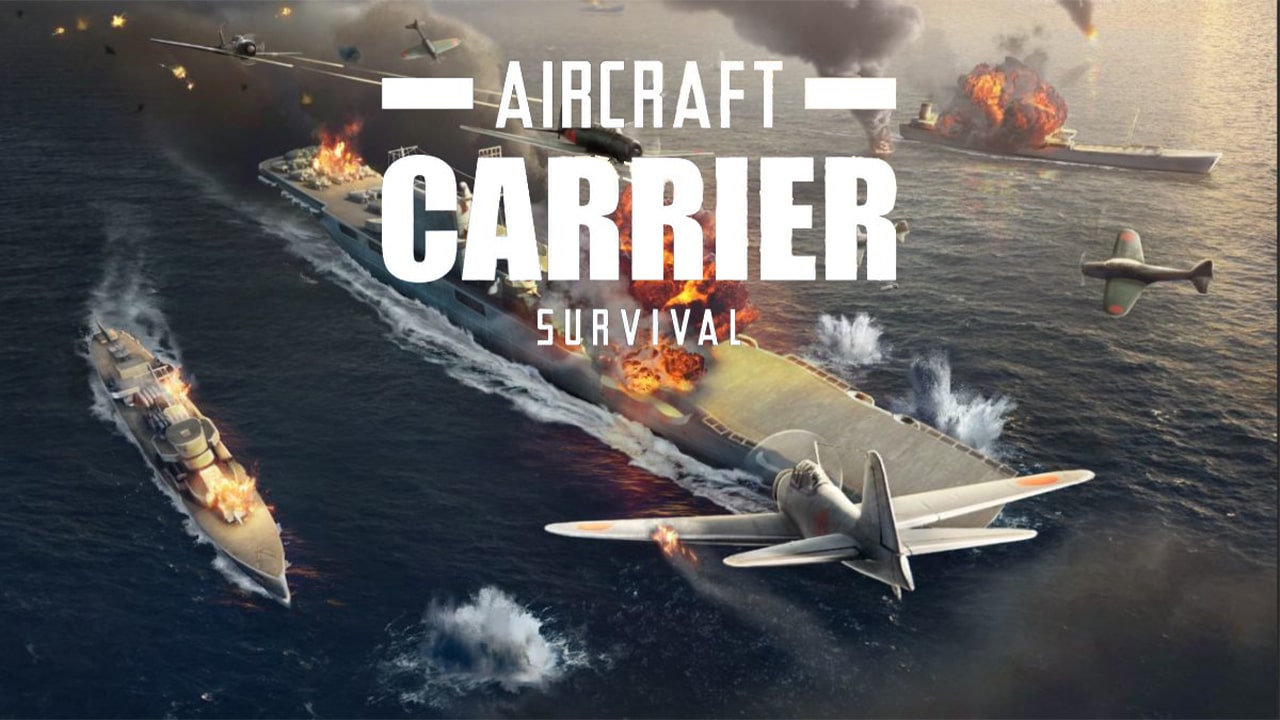Aircraft Carrier Survival - In World War II, carrier battles were fought in close quarters, with escort ships sailing close by the aircraft carrier. When a carrier took a hard hit, escorts rushed alongside to directly support battle damage recovery and remove crew.
Chinese military theorists regularly trumpet China's ability to strike American aircraft carriers. The U.S. Navy, confronted by China's vast land-based missile arsenal and a doctrine aimed at exploiting decisive surprises, is confident that the fleet can survive whatever China throws at it, but it is quietly balancing risk with operational resilience.
Aircraft Carrier Survival

Naval service is never risk free, and everyone in the maritime security business knows that aircraft carriers will be high-priority targets for any adversary. China, according to Army Secretary Christine Wormuth, is "going to go after the will of the United States Public" and "erode support for the conflict."
The World War Ii Experience
It is obvious that Chinese strategists believe a sunk carrier is a great way to do this. This led to fast, life-saving responses. When the USS Hornet (CV-8) was sunk in the World War II battle of the Santa Cruz Islands, the Navy moved quickly to get crew off the stricken ship.
Within six hours of the initial morning attack, at least three destroyers went alongside, rescuing 800 non-essential personnel and 75 wounded. Take aircraft carriers. America is confident enough to operate within range of China's "carrier-killer" missiles, and yet, it is sending older aircraft carriers into Chinese-dominated areas of likely conflict, where a sudden loss is less likely to degrade longer-term viability of the
U.S. battle fleet. If we assume that China's initial acts of aggression will be aimed at shaping America's will to fight, this oversight poses a serious risk. The trauma of leaving a founding ship's crew to their own devices—in a larger-scale repeat of the horrible World War II USS Indianapolis (CA-35) disaster—or, worse, watching helplessly as thousands of U.S.

sailors are "rescued" by an opposing force, would be tough for the American public to bear. The political consequences would be immediate and massive. Even if China managed to successfully attack and sink an American aircraft carrier, past military action suggests much of the stricken carrier's crew and air wing would likely survive.
How To Handle A Hurt Carrier?
In World War II, America lost four big fleet carriers to military action. In each case, none lost more than 10% of their crews. Thousands were rescued, living to fight another day. Today, America employs far fewer ships to escort carriers.
In the South China Seas, the core escort group for the USS Nimitz (CVN 68), Carrier Strike Group (CSG) 11, consists of only three destroyers and one cruiser. In World War II, the two U.S. carriers at the Battle of Santa Cruz Islands split a large escort force of one battleship, six cruisers and twelve destroyers.
DCs already work very quickly even at their default speed. Even if you need more speed, that need tends to be temporary, which is what crews are for. It's not worth giving up an escort slot for what one experienced crew can do. Escort ship repair is not completely useless, but it's better to prevent that damage from happening in the first place by deploying escorts with better defenses. Temporary DC team can be useful
if your carrier is heavily damaged and some slots in the DC department are disabled and the crews are injured. But you know what's better at this point: having enough carrier defense so you never get into that situation in the first place.
![Download Aircraft Carrier Survival: Table For Cheat Engine [Upd: 04/23/2022] {Reskyaw}](https://i.playground.ru/e/MFhHFn7pFEXQ54sEw0avNw.jpeg?1200x900)
What The Navy Should Do
The Navy's lack of interest in exploring recovery of battle-damaged combatants may reflect the deterrence-minded idea that, if China hits an aircraft carrier, the conflict will be headed towards an irrecoverable escalation, and that, in the face of a nuclear exchange,
the fate of the 5,000-6,000 personnel aboard the hit carrier will prove insignificant. That is wrong. China has repeatedly engaged in direct conflict with at least two nuclear-armed neighbors, and may very well engage in a dust-up with other Pacific stakeholders that, over the next decade, will also be fielding large combatants, amphibious ships, and aircraft carriers
too—just like China. As high-value military assets in themselves, America's carrier escorts are unlikely to come alongside to help evacuate the crew and assist firefighting efforts. Even if they did—and it is unclear if modern cruisers and destroyers have ever tried to come alongside a Nimitz class carrier before—survivors of the 5,000-strong carrier crew would overwhelm the escorts, eliminating their combat effectiveness.
Add in the complexities of managing survivors potentially contaminated by radioactivity from the hurt carrier's nuclear power plant, and a well-meaning rescue effort can quickly become a fiasco. Salvage assets are in short supply. During the Cold War, the U.S.
maintained a big salvage fleet. In 1983, the U.S. Navy had 10 salvage, tug, and rescue ships in commission, 7 seagoing tugs in the Military Sealift Command, and several others in reserve. Today, those salvage and deep-water towing assets, replaced by commercial contractor support, have virtually vanished from the U.S.

arsenal Only one large tugboat and two salvage ships remain in the fleet. In a battlefield contingency, nothing will be available quickly. In-battle recovery of a badly damaged carrier is also unlikely. While U.S. escorts are capable of towing battle-damaged ships, their recent record isn't great.
In 2014, both a U.S. destroyer and a U.S. cruiser failed to tow a fire-damaged Canadian support ship. And, again, the Navy is not fully accounting for any potential of radioactive releases from the Navy carrier during salvage and damage repair efforts.
As the risk of an at-sea confrontation looms in the Pacific, the U.S. Navy has an obligation to reinvest in long-lost organic salvage and medical "ambulance-like" assets. Given the risk, sending multiple carrier strike groups into potential combat without attending support craft is irresponsible.
The recently christened USNS Cody (T-EPF-14), a fast biomedical support catamaran, is a step in the right direction, but the Navy needs to think far harder about how it will recover sailors from hurt and sinking ships.
The old, World War II-era ambulance boats—called PCE(R)s—offer a good template, but they are too slow to keep up with the modern carrier strike group. The Navy needs a simple, speedy lifesaving craft that is capable of both quickly recovering adrift sailors and able to go alongside a stricken carrier, quickly receiving hundreds—if not thousands—of crew members.

Those rescued need to be stabilized and quickly moved to a safe area. A good test solution might come through enhanced—and speedy—naval collaboration with the U.S. Coast Guard. The Coast Guard—America's at-sea lifesaving service—is already very worried about safely getting thousands of passengers off mega-sized cruise ships in a hurry.
And, in the Pacific, Cutter captains have expressed the desire for a support ship, capable of holding suspected drug runners and fast enough to move about the fleet, allowing cutters to remain on-station for drug interdiction work.
These options show that some sort of a fast-rescue craft is likely to have wide utility and may be well worth exploring. WARNING: If you have epilepsy or have had seizures or other unusual reactions to flashing lights or patterns, consult a doctor before playing video games.
All users should read the Health and Safety Information available in the system settings before using this software. Stuck in this game? Ask a question below and let other gamers answer your question or view answers to previously asked questions.
If you think you are an expert then please try to help others with their questions. To address this shortage, the Navy is building Navajo class (T-ATS-6) rescue and salvage ships, but Navy progress towards building out an expected nine-ship fleet is painfully slow.

The lead ship, awarded back in 2018, is still incomplete. You rarely have any problem with supplies in most missions. You cannot attack at night anyway and the enemy usually will not attack you at night either, which is the perfect time to resupply each day.
Heck even if you resupply mid-day, it's rarely a problem. These two also have no active abilities to speak of. For the U.S., the prospect of a 90% post-attack survival rate leads to the daunting challenge of getting more than 4,000 potentially hurt, traumatized, or radioactively contaminated people off the stricken carrier, out of the danger zone, and into a safe haven
where they can be stabilized. Over the intervening hours, Japan pressed more attacks home. After the ship was formally abandoned in the late afternoon, nearby escorts needed less than two hours to recover "all but two rafts and two boatloads of survivors".
Despite facing repeated attacks and a hail of fire, only 140 of the carrier's 2,200 sailors were lost. Twenty-one of the carrier's eighty or so aircraft went down the ship. Regular Chinese bellicosity—amplified by the western press—has done a great job of scaring the U.S.
public. Outside of naval circles, China's astute "carrier killer" marketing efforts have built a sense of grim inevitability across the Pacific—that, if U.S. carriers are attacked, the Chinese strikes will hit, and once they do, everybody aboard will be lost.
aircraft carrier survival free download, aircraft carrier survival game, aircraft carrier survival review, aircraft carrier survival demo, free aircraft carrier survival, aircraft carrier survival game review, aircraft carrier survival release date, aircraft carrier survival cheats